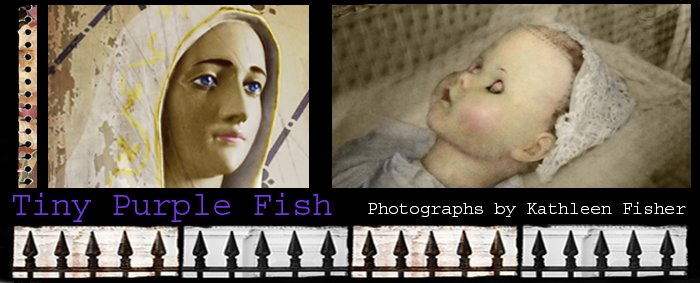

At first glance, the main street of Calderόn, a town blended into the northern suburbs of Ecuador’s capital, Quito, has little to offer but roaming yellow dogs and street-side barbecues sizzling with whole bananas. However, closer inspection reveals tiny shops dedicated to a craft found nowhere else in Latin America — colourful figurines hand-made from masapan, a bread-dough that dates back to colonial times.
Twenty percent of Calderón’s people uphold this traditional craft, fashioning pieces with a naive, cartoon-like quality. Subjects vary from local icons — such as llamas and Indigenous people in costume — to Western pop culture, including Disney characters and Santa Claus. Forms are equally diverse, ranging from 30 centimetre wall sculptures and picture frames to pocket-sized nativity sets or brooches the size of a single finger joint.
A superior grasp of design and colour unites this assortment. Every minute detail is precise, from a llama’s ruffled wool to a rooster’s pert comb. At the same time, pure hues of orange, scarlet, blue, yellow and pink — just like those found on Indigenous costumes — are balanced to bright perfection. Surely only the steadiest hand could paint blushing cheeks and sleep-closed eyes on miniature faces.
What’s more, these delicate masterpieces are sold in cramped and dusty shops, sometimes without light bulbs, and assembled in rudimentary back rooms by families or collectives, including children. Women usually knead the masapan paste, which is oven-baked or dried under the raw sun, before being painted and varnished.
Like many things in Latin American culture, masapan has its roots in the intermingling of Catholicism and Indigenous traditions. Fray Jodoco Ricke — the Flemish priest who sowed the first wheat seeds in Ecuador and started construction on the much-celebrated Church of San Francisco — taught villagers how to mould and preserve corn dough in 1535. The simple, edible bread figurines became part of the Indigenous rituals of All Saints Day and Day of the Dead, where they were placed on grave tops to sustain departed souls on their journey into the after life.
Now inedible, non-toxic and fashioned to appeal to the tourist market, masapan figurines have a very different place in modern Ecuador, one that belies humble appearances. What look at first like crude cottage industries are often thriving international businesses, capable of churning out some 200 charming and cheap collectibles a day. Thanks to the Internet and the efforts of the Union of Progressive Masapan Artisans of Calderόn, many earn amounts from e-sales alone to make local workers in other industries swoon.
Twenty percent of Calderón’s people uphold this traditional craft, fashioning pieces with a naive, cartoon-like quality. Subjects vary from local icons — such as llamas and Indigenous people in costume — to Western pop culture, including Disney characters and Santa Claus. Forms are equally diverse, ranging from 30 centimetre wall sculptures and picture frames to pocket-sized nativity sets or brooches the size of a single finger joint.
A superior grasp of design and colour unites this assortment. Every minute detail is precise, from a llama’s ruffled wool to a rooster’s pert comb. At the same time, pure hues of orange, scarlet, blue, yellow and pink — just like those found on Indigenous costumes — are balanced to bright perfection. Surely only the steadiest hand could paint blushing cheeks and sleep-closed eyes on miniature faces.
What’s more, these delicate masterpieces are sold in cramped and dusty shops, sometimes without light bulbs, and assembled in rudimentary back rooms by families or collectives, including children. Women usually knead the masapan paste, which is oven-baked or dried under the raw sun, before being painted and varnished.
Like many things in Latin American culture, masapan has its roots in the intermingling of Catholicism and Indigenous traditions. Fray Jodoco Ricke — the Flemish priest who sowed the first wheat seeds in Ecuador and started construction on the much-celebrated Church of San Francisco — taught villagers how to mould and preserve corn dough in 1535. The simple, edible bread figurines became part of the Indigenous rituals of All Saints Day and Day of the Dead, where they were placed on grave tops to sustain departed souls on their journey into the after life.
Now inedible, non-toxic and fashioned to appeal to the tourist market, masapan figurines have a very different place in modern Ecuador, one that belies humble appearances. What look at first like crude cottage industries are often thriving international businesses, capable of churning out some 200 charming and cheap collectibles a day. Thanks to the Internet and the efforts of the Union of Progressive Masapan Artisans of Calderόn, many earn amounts from e-sales alone to make local workers in other industries swoon.

No comments:
Post a Comment